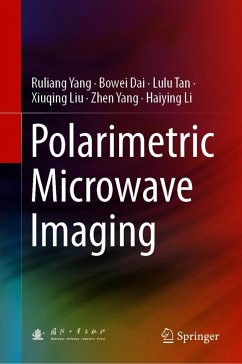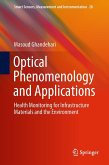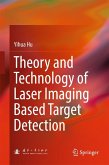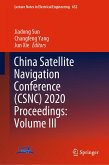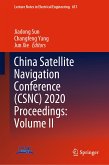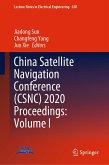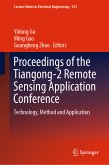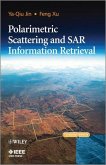This book introduces readers to the polarimetric synthetic aperture radar (PolSAR) system, its information processing, and imaging applications. The content is divided into three main parts: Part I, on the research scope of PolSAR, addresses the underlying theory and system design, polarimetric SAR interferometry (PolInSAR), compact PolSAR, and calibration of PolSAR. Part II, which focuses on information processing, highlights the new theories and methods used in PolSAR, such as statistical properties analysis for images, speckle reduction, image enhancement, polarimetric target decomposition, and classification of PolSAR target detection. In turn, Part III, on the applications of polarimetric SAR, discusses the geophysical parameter retrieval of PolSAR data, polarimetric interferometric SAR information processing, compact polarimetric interferometric SAR information processing, and the effects of terrain tilt in azimuth direction on PolSAR data.
The bookprovides a comprehensive and systematic guide to the system, integrating theory and practice, and has a highly application-oriented focus. Presenting new theories, methods and achievements made in polarimetric microwave imaging in recent years, it offers a valuable asset for researchers, engineers and scientists in the area of remote sensing and radar imaging. It can also be used as a reference book for university educators and graduate students.
Dieser Download kann aus rechtlichen Gründen nur mit Rechnungsadresse in A, B, BG, CY, CZ, D, DK, EW, E, FIN, F, GR, HR, H, IRL, I, LT, L, LR, M, NL, PL, P, R, S, SLO, SK ausgeliefert werden.

